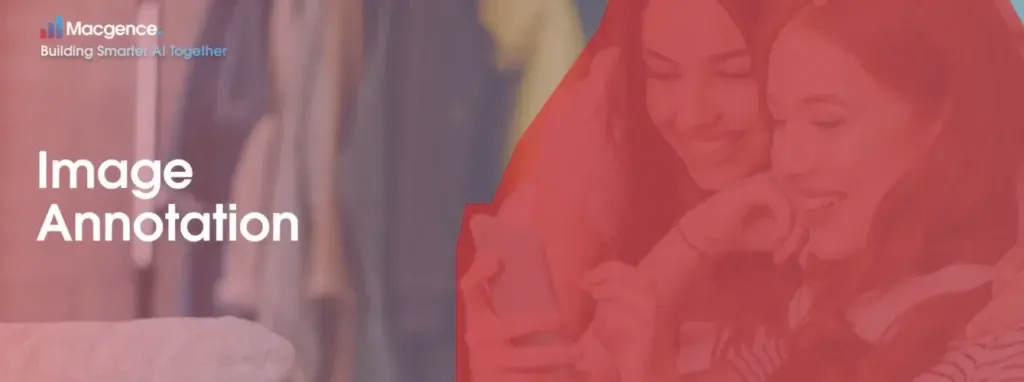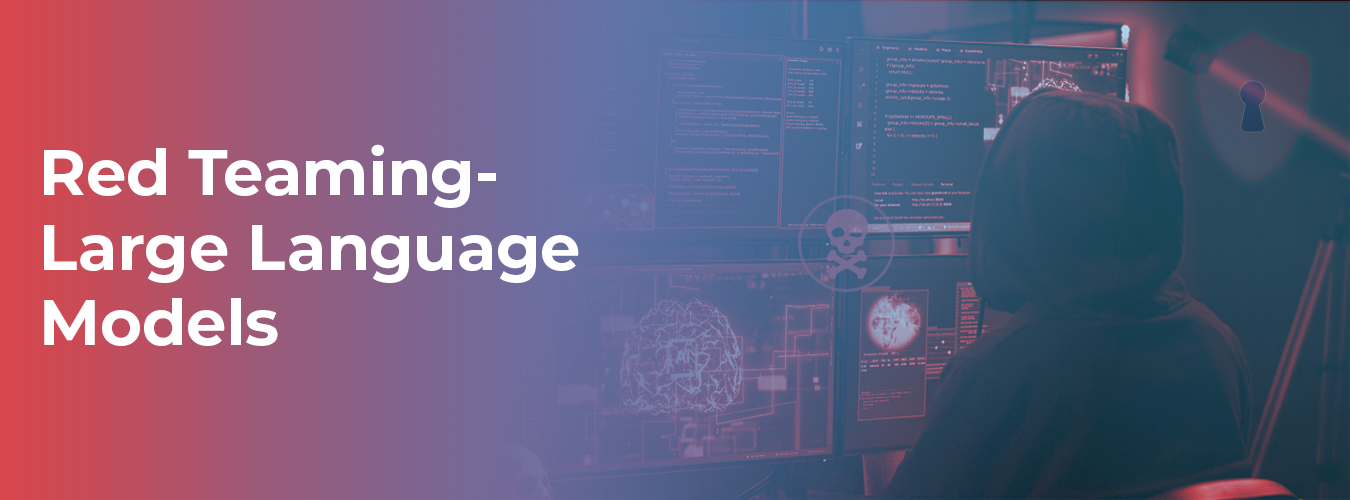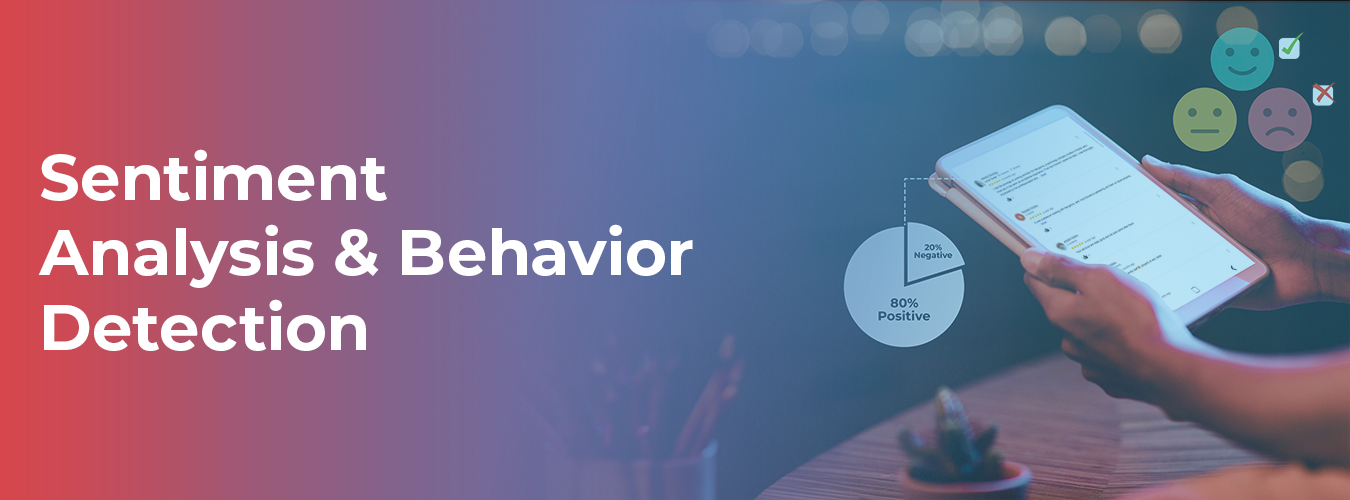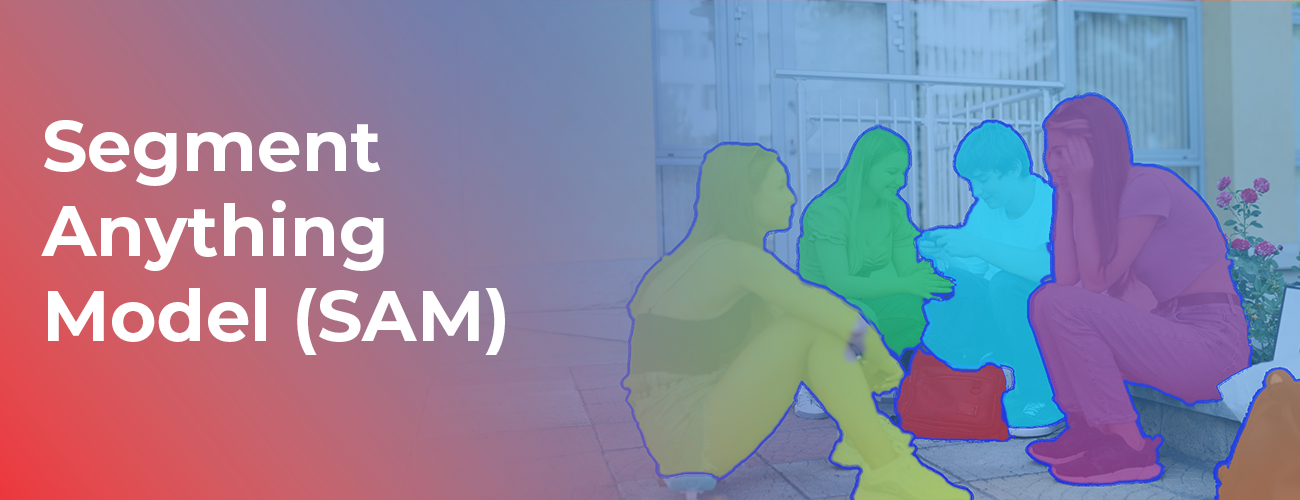To train computer vision models powered by AI, Image Annotation is essential. Machine vision programs try to develop devices for seeing and interpreting the world. The process can be accomplished in a variety of ways.
In image annotation, you label images on a human level in order to identify the target characteristics of your data. High-quality annotations allow your machine-learning models to operate efficiently.
The purpose of this guide is to serve as a handy reference for annotating images, types of image annotation, and image annotation process. If this page was helpful, please bookmark and return to it.
What is Image Annotation?

The process of labeling images for AI and machine learning is called Image Annotation. A human annotator uses an Image Annotation Tool to label images or tag relevant information, for instance, by assigning appropriate classes to different entities. The resulting Data is treated as structured data that can be used to create datasets for computer vision models.
The most common use of image annotation is the recognition of objects and boundaries and the segmentation of images to understand the meaning of whole images. Images can be classified, entities recognized, and segments can be segmented using models trained through this process. The more accurately you annotate images and objects, the more time and effort you save.
Image Annotation can be done Manually and with automated annotation tools. In automated these can be done with the help of automated tools that are less time-consuming and costly, but it’s less accurate than manual annotation. Instead, manual annotation involves humans reviewing and annotating the image with the appropriate metadata. This method is correct, but it’s time-consuming and expensive.
What is the process of image annotation?
As discussed earlier, we can do the image annotation automatically and manually. The best method to do image annotation is manually, so we need human annotators. To perform accurate annotations, annotators must be trained in the project’s requirements.
The following tasks are typically involved in the Image Annotation Process:
- Data preparation for images
- Labeling images with object classes specified by annotators
- Labeling images
- Drawing bounding boxes around objects within each image
- Labeling each box with an object class
- Exporting annotations for use as training datasets
- Checking the accuracy of the labeling after post-processing the data
- For inconsistent labeling, a second or third labeling round should be enabled with annotator voting
And for Automatic, an efficient platform is to be made to lessen the mistakes or misplaced labels in the data. And those who use the tool must have a proper knowledge of that tool. With automatic labeling, these tools can detect human errors and increase the number of annotated items delivered in less time by automating complex annotation processes.
Image annotation comes in different types; what are they?
Let’s Move forward and discuss the different types of Image Annotation. The following types of Image Annotation are available:
Image classification
The classification of an image is a method of identifying objects that appear in several images that are similar. In general, Image Classification is applied to prints with only one thing. Tagging is the process of preparing images for image classification.
Object Recognition/Detection
Object recognition involves identifying, locating, and labeling objects in an image designed to visualize and identify items. You can also use object detection to help your robot detect distinctive objects in pictures without assigned labels. Bounding boxes or polygons can be used to create these labels, which are compatible techniques. Pedestrians, sidewalks, bikes, vehicles, and trucks may be seen. Using a picture or video, you can tag each object separately to train your machine model.
Segmentation
An image is divided into multiple segments in Segmentation, and each segment is labeled. It is pixel-level labeling and classification. Based on visual input, segmentation can determine whether objects in a photo are similar or different. Segmentation is commonly used to trace things and margins in images when sorting inputs.
There are three types of segmentation: semantic segmentation, instance segmentation, and panoptic segmentation. Here are some details about them:
Semantic Segmentation
The Semantic Segmentation method solves the overlap problem in object detection by ensuring every image component belongs to a specific class. A picture is divided into clusters in semantic segmentation, and each set is labeled. Instead of providing annotators with a list of objects to annotate, they are given a list of segment labels. Semantic segmentation can be summarized as identifying and categorizing specific aspects of an image.
Instance Segmentation
Each object in the same class is visualized as an individual instance. In essence, it segments each instance of an object in an input image. As a part of image segmentation, it identifies instances of objects and establishes their limits. As a result of Instance Segmentation, objects can be identified by their existence, locations, shapes, and numbers. Instance segmentation can be used to determine how many people are in an image.
Panoptic Segmentation
A panoptic segmentation brings together the concepts of semantic segmentation and instance segmentation. To perform panoptic segmentation, you must categorize every pixel in an image as belonging to a class label and classify its instance. In Panoptic Segmentation, the image is segmented into semantically meaningful parts or regions, detecting and identifying individual instances of objects within them.
Boundary Recognition
Machines can identify boundaries and lines in images by using boundary recognition. The boundary detection algorithm is crucial to extracting information from images, including density, velocity, and pressure.
Why You Should Use Macgence
We at Macgence have extensive experience with data annotation spanning multiple years, during which we have acquired advanced resources and expertise. We provide you with high-quality training data by combining our innovative annotation platform with tailored annotators and careful human supervision by our Team. Contact us today for more information about how we can help you with your image annotation projects.




